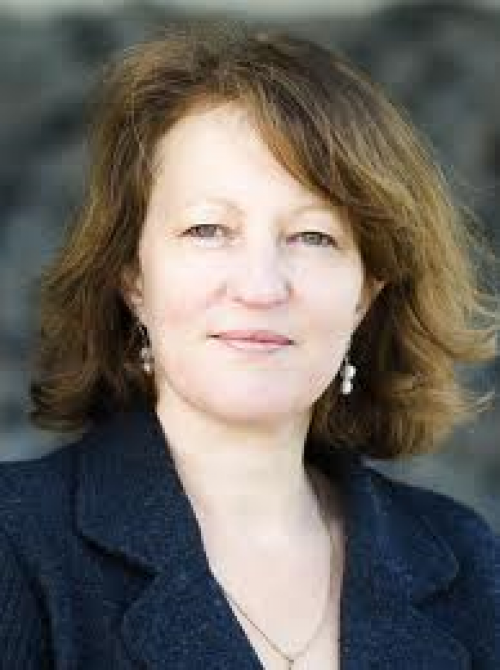EHRI Meetings in Amsterdam

EHRI engages with related projects and organisations
In April EHRI held its third General Partner Meeting in Amsterdam, hosted by NIOD Institute for War, Holocaust and Genocide Studies. Once a year all twenty partners get together to discuss the progress of the project and the next steps to take. EHRI is more than halfway into its term and has so far fulfilled all expectations. Through several presentations and meetings it became clear that the portal and online research environment that will give access to dispersed Holocaust sources are taking shape, and that the past year has been an extremely productive one: a thesaurus has been translated into ten languages; fellowships have successfully been granted; 47 national reports of Holocaust history and the status of archives are on the EHRI website, soon to be followed by an online course for lecturers in Holocaust Studies and for private study; in July and August the first two EHRI summer schools will take place.
Stefanie Schüler-Springorum
Collaboration is key to EHRI’s success. During the General Partner Meeting several organisations and researchers EHRI closely cooperates with presented their work. Stefanie Schüler-Springorum, director of the Zentrum für Antisemitismusforschung in Berlin and chair of the EHRI Advisory Board, delivered the keynote lecture entitled ‘The Witness and the Holocaust. Oral Testimonies and Historical Knowledge’. Schüler-Springorum raised methodological questions on the use of oral testimonies in historical research. In particular, she discussed some of the challenges associated with the increasing online availability of victims' testimonies that were recorded many years after the crime. Relating the recent turn to such testimonies to wider trends in Holocaust historiography, she concluded with a warning against uncritical and de-contextualised usage of these sources. (Read the keynote lecture>>)
Prior to the keynote, two of EHRI's sister projects were presented. Hans Kamermans of the Faculty of Archaeology of the Leiden University talked about the very new ARIADNE (www.ariadne-infrastructure.eu) project. ARIADNE integrates existing archaeological research data infrastructures, enabling researchers to use the various distributed datasets and new and powerful technologies as integral components of their archaeological research methodologies.
Sheila Anderson from the Centre for e-Research of King’s College London and an EHRI Work Package Leader held a short presentation about CENDARI (www.cendari.eu). CENDARI aims at integrating digital archives for medieval and modern European history.
Tobias Blanke, also of the Centre for e-Research and a member of EHRI’s Executive Team, presented DARIAH (www.dariah.eu). DARIAH’s mission is to enhance and support digitally-enabled research across the humanities and arts EHRI, CENDARI and ARIADNE are all DARIAH-affiliated projects, which means that they benefit from the collective expertise and intelligence that DARIAH brings together. DARIAH’s involvement in EHRI will ensure that access to integrated archival material will follow best practices and European standards.
Cooperating organisations
Also present at the meeting were representatives of four organizations that work closely together with EHRI. Sabine Dumschat of the German Bundesarchiv and Michael Levy of the United States Holocaust Memorial Museum (www.ushmm.org) presented their efforts to improve (online) access to Holocaust documentation. Gabor Kadar and Robin Nobel of the Rothschild Foundation Europe explained how the Yerusha Project (www.yerusha.eu) aims to collect and encourage surveys of Jewish documentary heritage in Europe. Haim Gertner of Yad Vashem and part of EHRI’s Executive Team presented the Multi-Year Work Plan on Archival Access of the International Holocaust Remembrance Alliance (www.holocaustremembrance.com). The Multi-Year Work Plan on Archival Access (MYWP-Archives) will assess the state of access to Holocaust-relevant materials.
The meeting was very successful and showed how all these different organizations learn from one another and greatly benefit from cooperation.
Photo: Stefanie Schüler-Springorum
